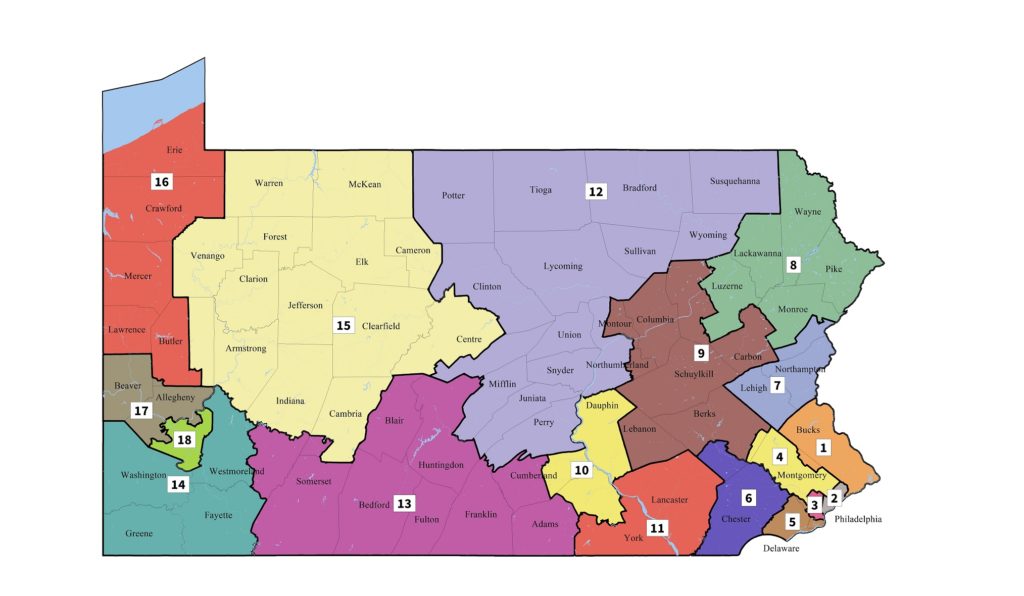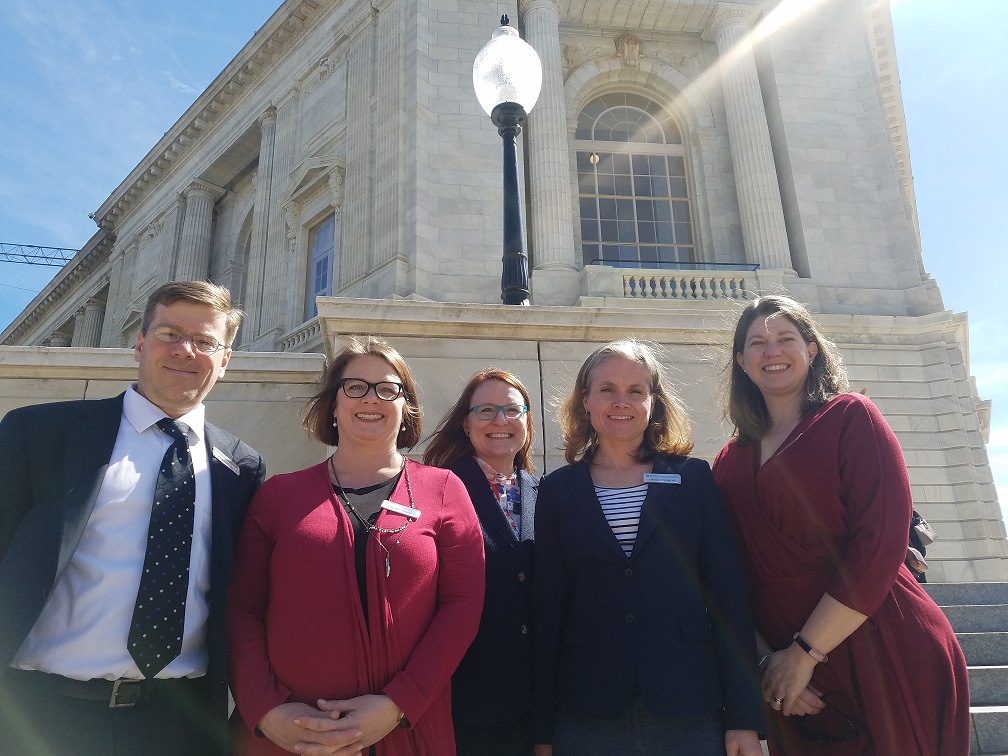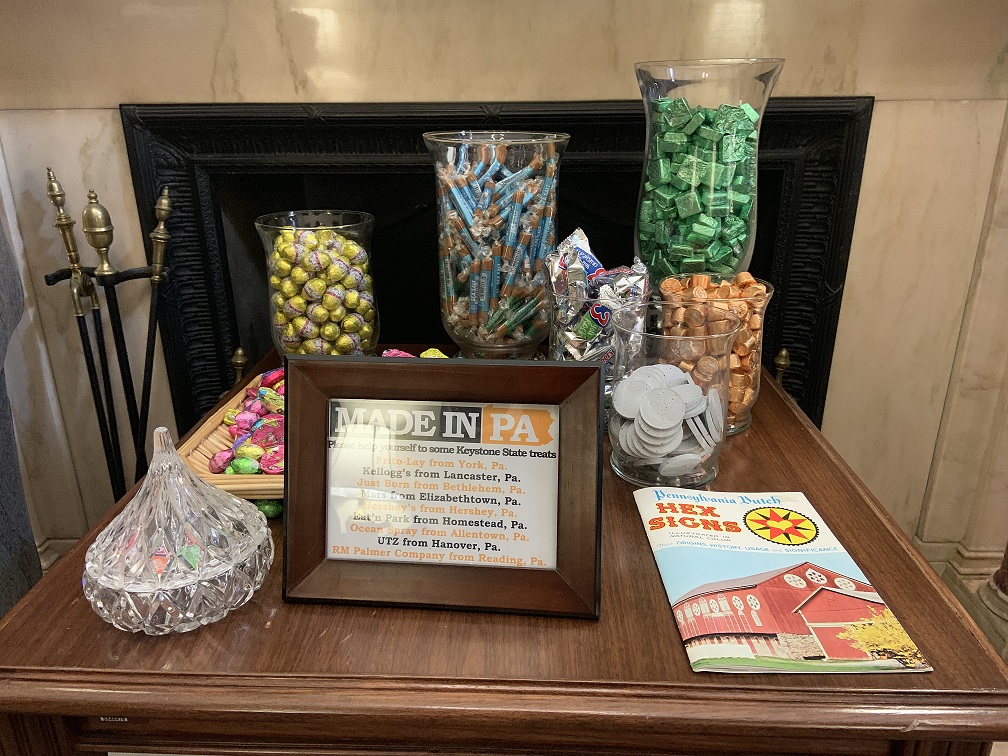A few of my PA SHPO colleagues and I traveled to Washington, D.C. in March to join State Historic Preservation Offices and other preservationists from around the country at National Historic Preservation Advocacy Week.
Sponsored by the National Conference of State Historic Preservation Officers (NCSHPO) and Preservation Action, the week includes workshops and presentations that provide an opportunity for SHPOs and federal agencies to learn from each other and address the types of issues SHPO offices face.
Trekking Across Capitol Hill
The highlight of the week for me is Wednesday, the day reserved for visits with state legislators on Capital Hill. Pennsylvania has 18 Congressmen and -women and 2 Senators. We visited all 20 offices in this one day!

This year’s PA SHPO contingent included seasoned Advocacy Week-ers like myself and Andrea MacDonald, PA SHPO’s Bureau Director and Pennsylvania’s Deputy State Historic Preservation Officer. Newbies included Elizabeth Rairigh (Division Chief for Preservation Services), Barbara Frederick (Supervisor in the Environmental Review division), and Merrick Berg, the project manager for PA-SHARE.

Mindy Crawford, Sandy Rosenberg, and Roy Smith from Preservation Pennsylvania as well as an student with the University of Maryland joined us for the legislator visits.
What do we do at these visits?
I also like to think about this day as “Historic Preservation in the Commonwealth Awareness Day.” Our ultimate goal is to let the legislators know that the PA SHPO and PHMC are a resource for them and their constituents when it comes to historic preservation and the older and historic places they care about.
There are always lots of things we like to talk about with legislators and their staffs during these visits, which we’ve enjoyed doing for several years now. There were a lot of new legislators to meet with this year but still lots of old friends to meet with as well.

Each year, we like to not only introduce them to our office and the federal and state programs we administer but also provide some additional education about some aspect of the federal preservation program in Pennsylvania.
This year’s message included information about Congressional funding for the Historic Preservation Fund and the public benefits of consultation under Section 106 of the National Historic Preservation Act. Not sure exactly what the Historic Preservation Fund is all about? Check out this post for a summary.
Here are some examples of the types of things we shared in our “leave behind” materials at each office:
- National Historic Preservation Caucus
- Historic Preservation Fund FY20 Request
- Public Benefits of and Participating in Section 106 Consultation
- A Citizen’s Guide to Section 106 Review from the ACHP
- Examples of Section 106 Consultation Outcomes in Pennsylvania
- General information about the Historic Preservation Fund and SHPO offices
We also included a copy of Pennsylvania’s statewide historic preservation plan, #PreservAtionHappensHere!, our “Your Guide to the Pennsylvania State Historic Preservation Office” that provides legislators with an overview of the PA SHPO and our programs, and the latest copy of the Pennsylvania Heritage magazine.
Why it matters
We here at the PA SHPO believe that putting faces to names and programs is a critical component of building successful partnerships. These annual visits in Washington, D.C. help us – and Pennsylvanians – by making the connections between the federal policies, programs, and budgets legislators work with on a daily basis and the positive impacts and importance of the federal preservation program in the commonwealth real.

Leave a Reply